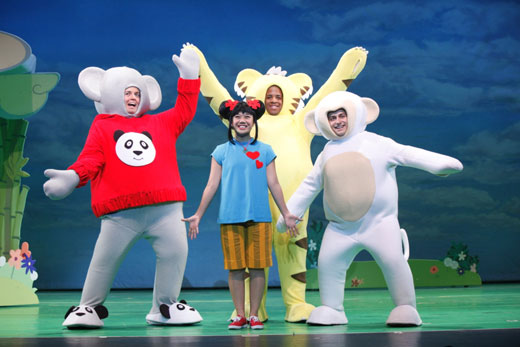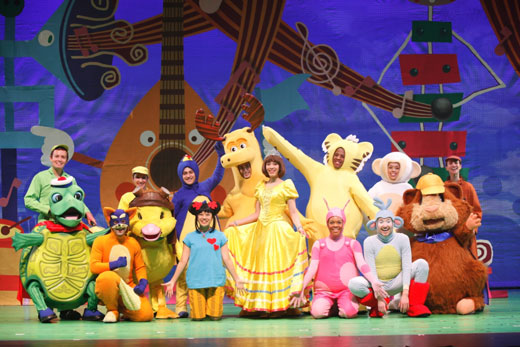Interview: Rich Christiano of ‘The Secrets of Jonathan Sperry’
Posted on May 4, 2010 at 1:59 pm
I spoke to writer-director Rich Christiano about making — and marketing — faith-based films.
You were really a one-man show behind the scenes for this film.
We have a good production team and worked hard on the distribution. This the third film we’ve put out theatrically. We learned a lot doing it. It played over 300 screens. We lot local churches to sponsor the movie in their cities. The churches that put forth the effort did well. We also worked with Christian radio. In Dayton, Ohio we ran 22 weeks because the radio station got the word out. In another city there was a pastor who really got behind the film and we did really well there. Promotion is the hardest part of it. We made sure we had local groups pushing the movie.
Is there a big audience for faith-based films?
The inspirational films have a lot of upside. One-third of this country goes to church each week and that’s our marketplace. And they’re an under-served audience. If everyone who goes to church would see our movie, we’d have “Avatar” numbers. Our society has changed over the last 20 years. If I’d told you back then there would be a weather channel, you would not have believed it. The Christian consumer group is now becoming more and more a player. They audience wants to watch these films; they just need to know they are there.
What do you hear about the way audiences respond to this film?
We’ve had wonderful reactions. There’s an emphasis to read the Gospel of John in the film. I heard from a lady who said her eight-year-old came home from the movie and read the Gospel of John. Then he wanted to go to Bible study like the boys in the movie. Another woman said her husband had drifted from the Lord. But when he came home he said three words that really lifted her spirit: “Where’s my Bible?” A 60-year-old lady told me her sister was visiting from Scotland and that she’d never, ever seen her cry until she saw this film. One of our sponsors in Fort Worth, Texas took his daughter to the film. When she saw a character change in the film, she told her father she wanted to show that she had been changed. There’s a strong message of forgiveness in this film. We’ve shown it in prison. Several of the prisoners wrote me a letter.
What can a movie convey better than a book or a sermon?
The church needs to recognize how powerful the audio-visual really is. I spoke to a man who was a church-goer and asked him if he could remember what his pastor preached a month ago. He couldn’t. I asked him if he could tell me about “The Wizard of Oz.” Even though he had not seen it for 15 years, he could remember all of the details.
Movies manipulate us, affect us, influence us. Most movies influence people away from the Lord. I want to use them to influence people for the Lord. There’s a spiritual battle going on and the Message of Christ is always being snuffed out. Movies are an entertainment medium, but every movie is religious because every movie has standards, every movie has a message about those standards. We’re trying to put forth films that are entertaining but put forth a message for the Lord, to inspire, to challenge thinking, to provoke spiritually, to make people think about eternity.
It was nice to see the film set in 1970 because that lends it a simplicity that suits its themes.
There’s no cell phones, no text messaging, no X-Box. I showed opening credits over pictures like old-school film-making. It’s like Mayberry with Bible study. It’s a throwback. It’s not edgy. It’s simply shot, no visual effects. It’s story-driven. It’s not an action film. It’s got laughs. And it’s got heart.



